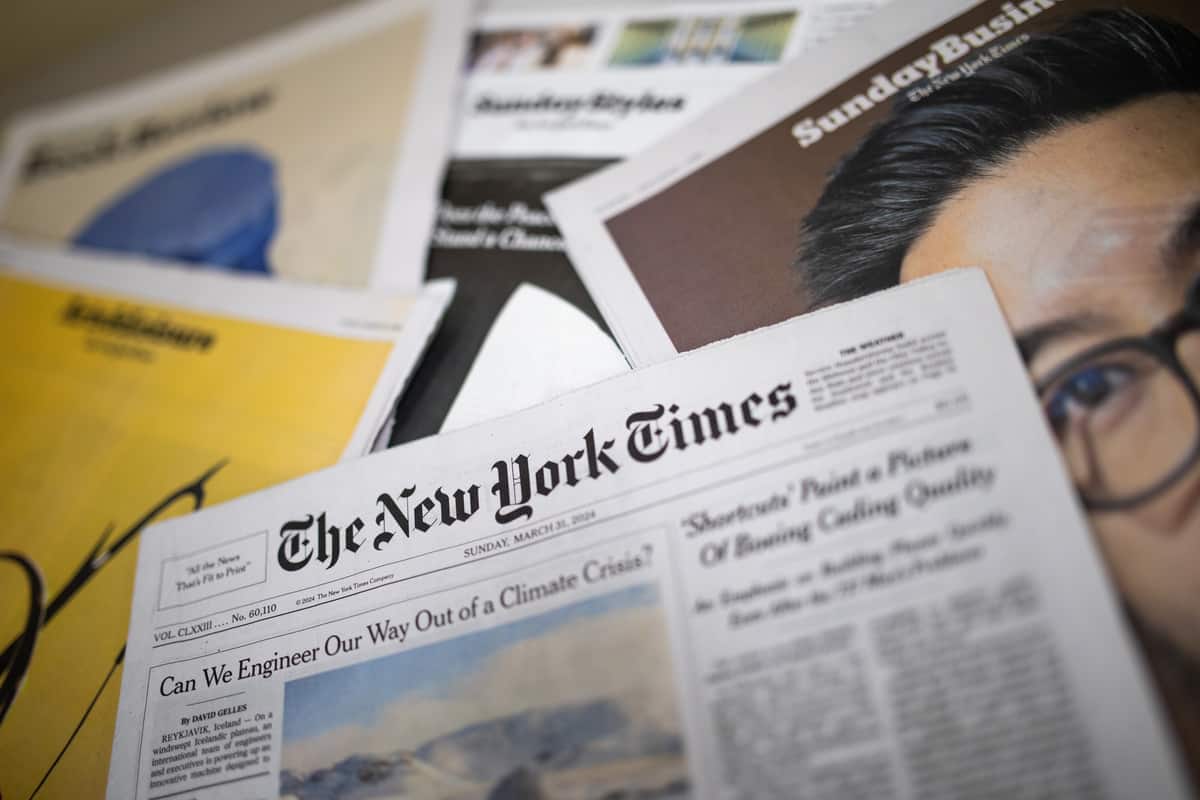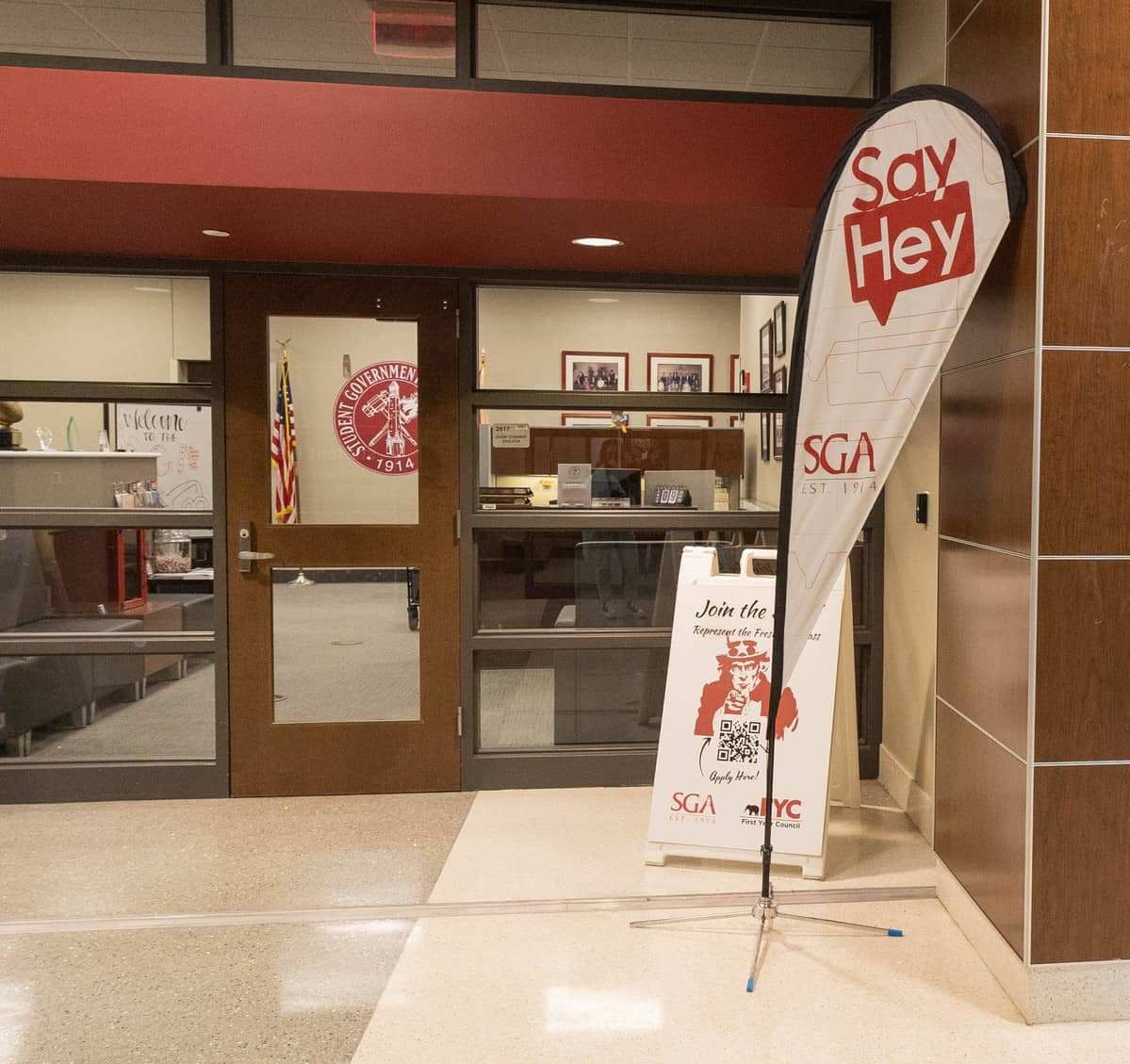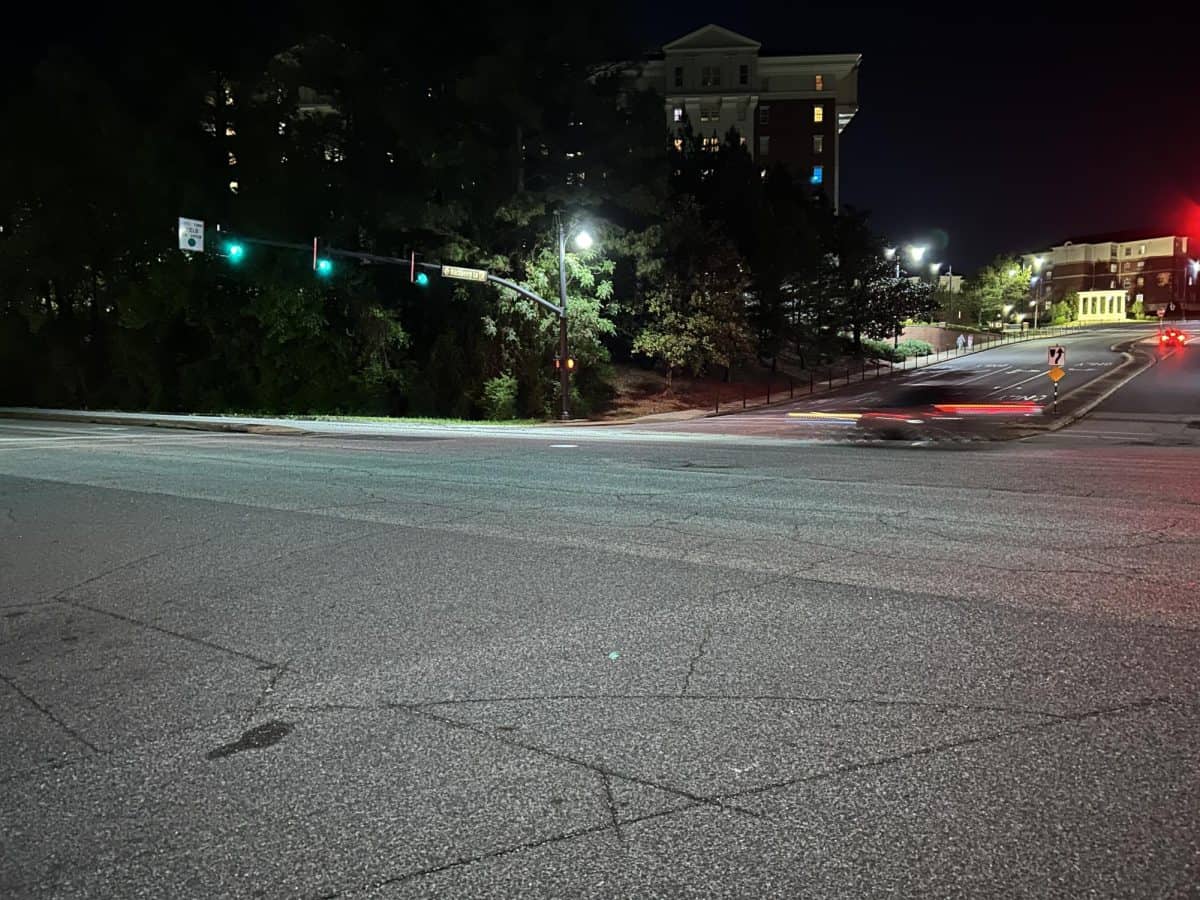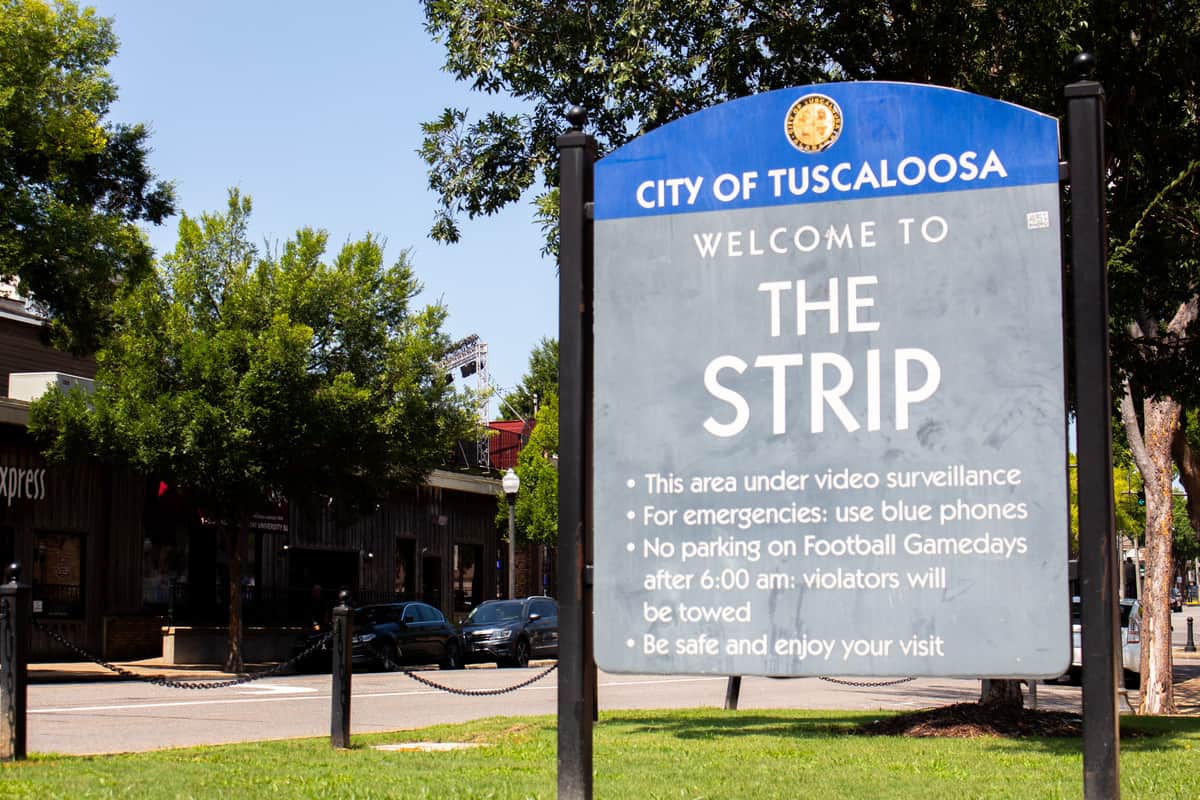In 1969 Jimi Hendrix played Woodstock, Madison Square Garden and London’s Royal Albert Hall. That same year, he also played Coleman Coliseum, right here on The University of Alabama’s campus.
Throughout the late 1960s and ’70s, the University played host to some of the biggest names in music history. While Tuscaloosa still boasts an active live music scene, some would say the ’70s were the glory days for the city’s big-name rock shows.
“As far as concerts, Tuscaloosa was, at one time, the state’s primary venue because of Coleman Coliseum,” said Donnie Webb, a writer for the Syracuse Post-Standard and entertainment editor for The Crimson White from 1977 to 1978. “It was called Memorial Coliseum in the ’70s. Some of the biggest names in music played [there], including Hendrix, Led Zeppelin, The Rolling Stones, The Who, Elton John, Elvis Presley, Eric Clapton and Muddy Waters, the Allman Brothers, The Doobie Brothers [and] Bad Company.”
A student organization called the University Program Council was responsible for bringing acts to Tuscaloosa at the time and had several committees that organized concerts, speakers, films and other events on campus.
“At the time Tuscaloosa was getting most of the big shows, there was no big arena in Birmingham,” said Bob Carlton, features reporter for The Birmingham News and AL.com. Carlton was entertainment editor for The Crimson White from 1978 to 1979. “The [Birmingham Jefferson] Civic Center wasn’t built until 1976. Tuscaloosa was pretty much it. If artists were going to play Alabama, they were either going to play Tuscaloosa or Auburn. But once the civic center got built, it took away a lot of the shows that would have come to Tuscaloosa.”
(See also “Rockin’ the Haus: Local artists create underground music scene“)
Some of the more recent major concerts to play at Coleman include Bob Dylan in 1990 and 1997 and Hank Williams Jr. in 2008. Since the 1990s, though, the number of concerts hosted at Coleman Coliseum has dwindled, with most acts favoring the Tuscaloosa Amphitheater, which opened in 2010.
Webb said Coleman Coliseum came with some challenges of its own, as the internal structures were eventually unable to support such large shows. This became a major liability for the University, particularly with acts that brought a lot of sound equipment. When The Grateful Dead played the Coliseum in May of 1977, the UPC had to spend $37,000 to build scaffolding to support the band’s elaborate speaker system.
That same year, the UPC received money to upgrade the facilities in Foster Auditorium, which became another popular venue on campus. Some shows were even held in the auditorium of Morgan Hall.
“Because of the shift of major shows to Birmingham, I know the UPC tried bringing in smaller shows to Foster Auditorium,” Webb said. “After my time in Tuscaloosa, R.E.M. played Foster in 1984. There were shows at the Bama Theatre downtown. Robert Palmer and [jazz pianist] Count Basie played there.”
Carlton said seeing shows at Foster Auditorium, Morgan Hall and the Bama Theatre was a more intimate experience. Webb remembers some artists performing in Tuscaloosa just before they became famous.
“Two of the ultimate under-the-radar concert events happened in the late 1970s when The Police played the Bama Theatre downtown to an audience of less than 100,” Webb said. “And Eddie Money played the ballroom at the Ferguson Center, also to a handful of folks.”
In addition to concerts, the UPC also brought in speakers, including author Truman Capote; British journalist David Frost; Mel Blanc, the voice of Bugs Bunny and Looney Tunes; feminist writer Betty Friedan; Ralph Nader; filmmaker Robert Altman; and former president Gerald Ford. There were also stand-up shows from comedians like Steve Martin and Lily Tomlin.
Coleman Coliseum has a seating capacity of around 15,000, but Webb said a lot of the shows were set up to use only half of the arena. Because the University’s enrollment then was less than half of what it is now — 16,388 students in 1981 – getting tickets was not typically a problem for students.
“You would actually wait in line to get tickets, it’s not like now when you go online,” Carlton said. “You actually physically walked to the box office and waited in line to get tickets. Depending on how big the show was, people would camp out for tickets ”
At Linda Ronstadt’s show in November 1977, ticket prices were $7.50 for general admission and $6.50 for students. By comparison, tickets for Greekfest this past fall were $50 per student, which would have been about $13 in 1977.
Greekfest, which in the past has brought in artists such as Nelly, Wiz Kalifa and Dierks Bentley, is not directly sponsored by the University. Sam Wehmeyer, vice president of the Interfraternity Council, and a booking agent from Music Garden, a band booking agency in the Southeast, are responsible for arranging the artists to perform at Greekfest.
“All accommodations and coordination with the talent are done through the professional booking agent,” Wehmeyer said. “This past year, Greekfest also reached out to student musical groups for an opportunity to highlight their talents as the opening acts for the national acts.”
(See also “Wiz rolls up on Greekfest“)
The University Program Council no longer exists in the capacity it did in the 1970s. It has been replaced by a student-led organization called University Programs, which organizes and sponsors events like the Week of Welcome every fall.
“At one point, University Programs was set up to organize concerts, but during that time frame, they were the only group,” said LaToya Scott, director of University Programs. “We’re not the sole programming board anymore. Every department organizes events; every student organization organizes events.”
Scott said a number of other organizations have become involved in organizing events, such as Creative Campus, SGA, First Year Experience, Housing and Residential Communities and other student organizations. Individual academic departments or even students can bring in speakers and apply for funding on the UP website.
“We do still have concerts, but we work more closely with the Amphitheater in terms of the concerts that they have there,” Scott said. “Specifically, we sit on the board with the Amphitheater, and we help them come up with events that our students would like to go to, and we bus our students to those concerts.”
For example, Scott said, UP worked with the Amphitheater to bring The Avett Brothers to Tuscaloosa. However, there is still an avid demand for classic rock shows, as the Amphitheater will host acts like The Doobie Brothers and Styx with Don Felder and Peter Frampton this coming summer.
“In general, the 1970s are looked upon as pretty much a dreadful time for music,” Webb said. “Genres were all over the place, and the decade was largely defined by the assault of disco music and some grotesque No. 1 singles. Tastes were everywhere. To this day, every time I hear Boston or Foghat, it takes me back to my freshman year at Paty Hall where it was constantly blasting in the hallway.”
In addition to music, Webb said movies were a prominent part of the culture of the 1970s. He said classic films like “Animal House,” “Grease,” “Saturday Night Fever” and “Urban Cowboy” helped shape the college “soundtrack.”
“There was great music, too, and some legendary albums that remain among the largest sellers in music history: ‘Dark Side of the Moon’ by Pink Floyd, ‘Rumors’ by Fleetwood Mac, ‘Hotel California’ by the Eagles,” Webb said. “That 70’s Skynyrd anthem, ‘Sweet Home Alabama,’ has pretty much endured, no?”
(See also “Local music is not dead“)






